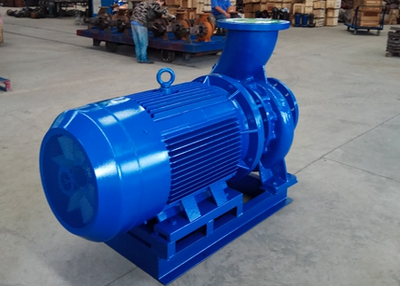How to select the motor for self-priming pump
The selection method of the motor for the self-priming pump involves many aspects. The following are some key steps and considerations:
1. Clarify the use requirements of the self-priming pump
Flow and head:
Flow: refers to the volume of liquid delivered by the pump per unit time, usually expressed in cubic meters per hour (m³/h) or liters per second (L/s).
Head: refers to the height to which the pump can lift the liquid, usually in meters (m).
Determine the appropriate flow and head range based on the liquid flow and the required height in the actual use scenario, and ensure that the power of the selected motor can meet these requirements.
Medium characteristics:
The physical properties (such as density, viscosity, temperature, etc.) and chemical properties (such as corrosiveness, flammability, etc.) of the medium will affect the performance of the pump.
Select the appropriate pump type and motor according to the characteristics of the medium. For example, for corrosive media, it is necessary to select pumps and motors made of materials with corrosion resistance.
2. Consider the performance parameters of the motor
Power:
The motor power should be reasonably selected based on the depth and distance of the water source, the user's water consumption, and the power supply type and rated voltage at the power supply end.
Generally speaking, the deeper the water source, the farther the distance, and the greater the user's water consumption, the greater the power required.
In order to ensure the normal operation of the motor and meet the user's demand for the use of the water pump, the power of the power machine can be slightly greater than the power required by the water pump, generally about 10% higher.
Speed:
The speed of the motor should match the design speed of the self-priming pump to ensure the efficient operation of the pump.
Voltage and current:
Select the appropriate motor voltage and current level according to the power supply type and rated voltage at the power supply end.

3. Consider the working environment and installation conditions
Working environment:
Different working environments have different requirements for pumps and motors. For example, self-priming pumps working outdoors need to have good weather resistance and wind resistance; pumps and motors working in flammable and explosive places need to have good explosion-proof performance.
It is also necessary to consider the impact of factors such as temperature, humidity, and pressure in the working environment on pumps and motors.
Installation conditions:
The installation location, pipeline layout, import and export direction, etc. will affect the performance of the pump and motor.
When selecting, it is necessary to understand the installation conditions in detail and select the appropriate pump type and motor according to the actual situation.
4. Brand and quality
Choosing products from well-known brands usually has a higher quality assurance and after-sales service level, which can reduce the risk during use.
When selecting, you can give priority to products from well-known brands, and choose suitable models and specifications based on actual needs.
5. Comprehensive evaluation and selection
After clarifying the use requirements, considering the motor performance parameters, working environment and installation conditions, as well as brand and quality, conduct a comprehensive evaluation.
Select a suitable self-priming pump matching motor based on the evaluation results to ensure that the performance of the pump and motor meets actual needs and has good stability and reliability.




